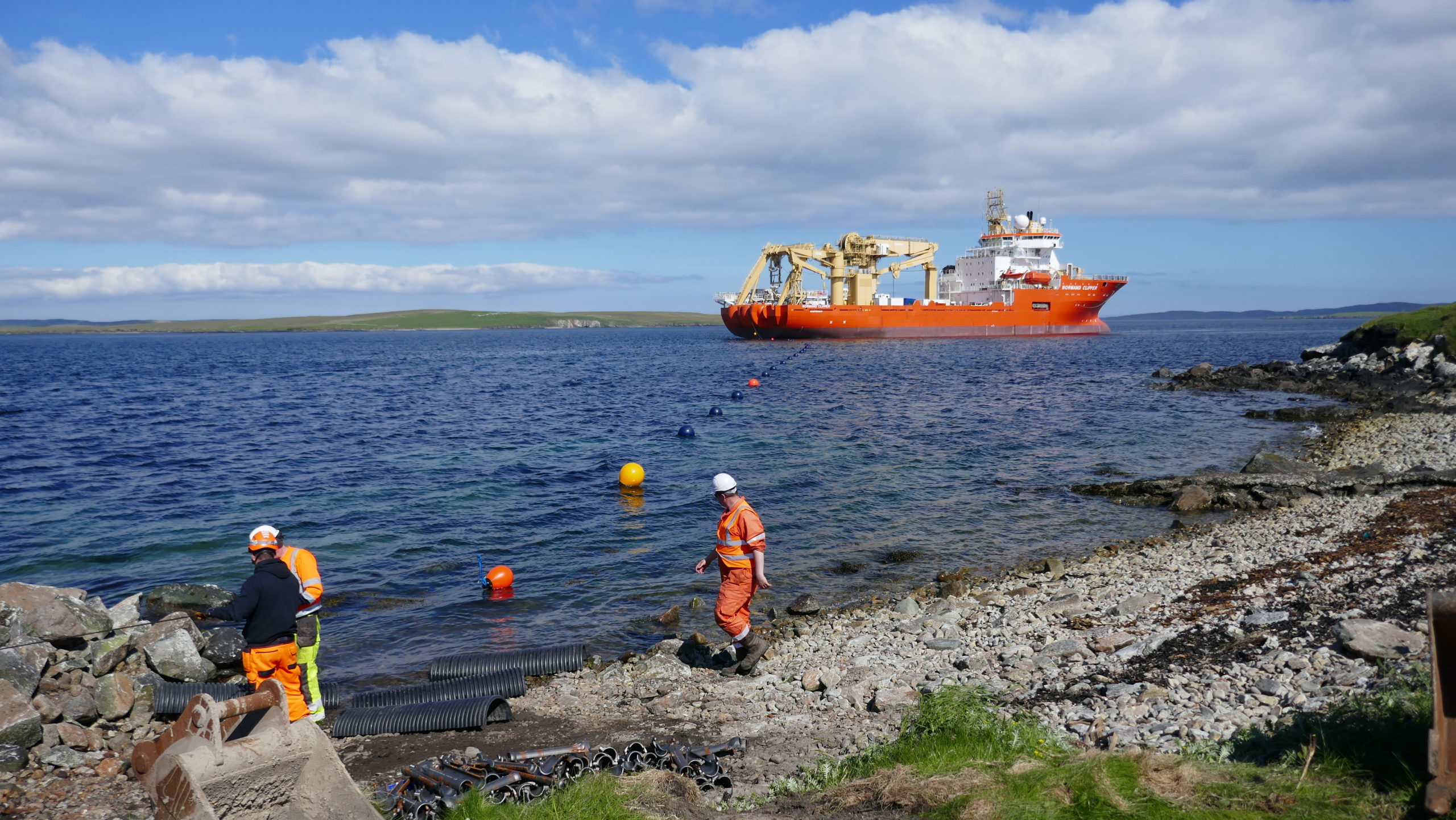Contact Us
Friday 17th May 2024 | Blog written by Mathew West, OiQ Route Planning Manager

At OceanIQ, engineering secure cable routes is the foundation of what we do. Whether the project is an international telecoms cable, an inter-array cable for offshore wind, a HV power interconnector, a link in a scientific array or any of the many other types of subsea cables, having a cable that remains reliably in service is critical.
Challenges faced by cables fall into two main categories; natural and man-made. Some key examples of natural hazards are:
Whilst common human hazards include:
Despite these neat lists however, hazards interact and affect each other in multiple different ways. For example, climate change is causing fish populations to migrate polewards in each hemisphere, shifting fishing patterns and exposing cables to new types of gear. Alternatively, the presence of rock outcrop in an area can prevent cable burial, greatly increasing the risk from the anchors of smaller vessels over the shallow-buried or surface laid section. Another example would be other subsea cables having taken up all of the “safer” areas of seabed close to a coastal city, forcing new cables to approach through a formerly mined zone.
OceanIQ route engineers deal with this complicated interplay of critical factors by taking a holistic approach to cable route and protection design. This underpins all of our services, whether it is a desktop study designed to identify critical hazards in the design stage, post-survey route engineering to deal with the sometimes unexpected findings of a marine survey, or a Cable Protection Assessment to examine the record of a cable that has experienced more than its fair share of faults and find practical solutions to remedy the situation. We take pride in thinking outside the box to consider all the factors at play and deliver the best system possible.
